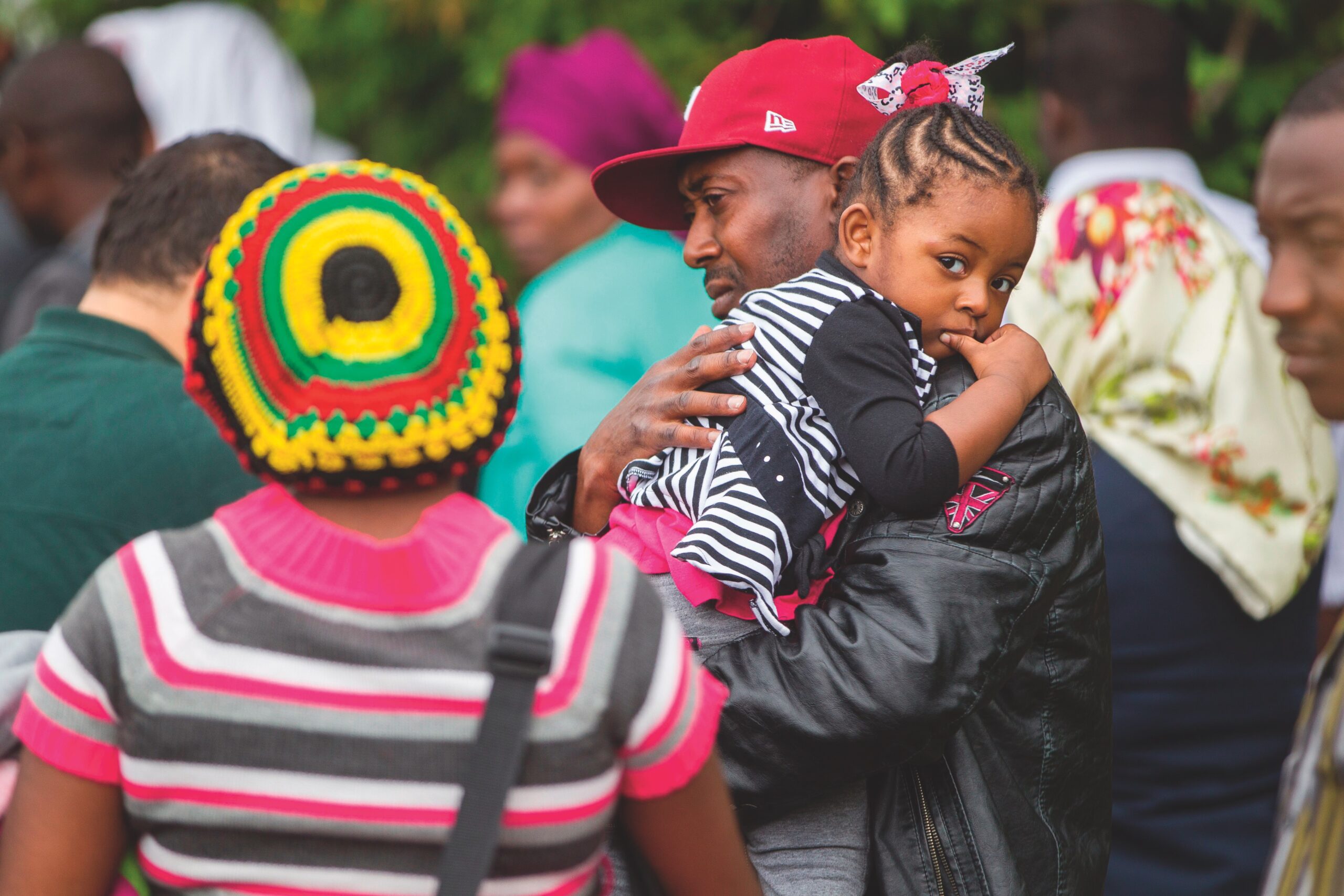“[Have] mercy on our family.” That’s what a young couple from Myanmar told me through an interpreter when I asked them what they would like to say to the Canadian government about their financial struggles. The couple, who came to Canada as refugees with their family in 2016, owes the federal government $10,000 (plus interest) to pay back the cost of the travel that got them here.
Since they’ve arrived in Canada, the family has had to deal with severe medical conditions that required hospitalization and an ongoing reliance on medication. The couple has struggled to find suitable work while continuing to learn English, yet they have had to prioritize their debt payments over the other needs of their family.
You may unsubscribe from any of our newsletters at any time.
This is not uncommon. Refugees resettled in Canada are expected to cover the costs associated with transportation to their new home. To help them afford this, the federal government’s Immigration Loans Program provides the funds upfront, and then collects repayment over time once refugees have arrived in Canada. (The loans are capped at $10,000.)
These debts are an unnecessary burden on refugees, who already face significant challenges as they rebuild their lives, such as difficulty finding employment, discrepancies in foreign credential recognition, and a lack of affordable housing and child care. Refugees also navigate multiple systemic barriers in Canada, including racism, sexism, ableism and more. Adding an additional financial stressor by saddling refugees with thousands of dollars of debt when they arrive is a harsh way to welcome newcomers to our country.
More on Broadview: Exhibit reveals how Canada has — and hasn’t — welcomed refugees
The Immigration Loans Program (ILP) was created in 1951 and was initially intended as a way to fast track European immigration to Canada. At the time, Canada prioritized white immigrants seeking economic opportunities, so it might have been reasonable to expect these newcomers to contribute to their transportation costs. But today, refugees make up approximately 98 percent of ILP users.
In recent years, the federal government has made some progress in making the loans more manageable. A one-year grace period is now in place during which newcomers don’t have to make payments (previously, it was 30 days). The payment periods for the loans have also been extended by two years, so monthly installments are smaller. And in 2018, Canada stopped charging interest on the loans (until then, ours was the only country in the world charging interest on refugee travel loans).
Furthermore, when 25,000 Syrian refugees were welcomed with fanfare to Canada in 2015 and 2016, the government absorbed the cost of their transportation. But the same consideration was not extended to other refugees, including Syrians who arrived after the government’s initiative. This set up an inequitable system that arbitrarily deemed some refugees worthier of government support than others. Similarly, refugees who arrive through private sponsorship sometimes have help from their sponsors to repay their debts, while government-assisted refugees without the same community support aren’t so lucky.
These inequities are in conflict with the spirit of Canada’s refugee program, and so it’s time to waive repayment of travel loans for all refugees resettling in Canada, regardless of where they come from or how they get here.
This is achievable. In 2015, the Canadian Council for Refugees estimated that $38 million would be needed to cover the existing debts, while $13 million annually will fund future travel.
Canada has long touted itself as a global leader in welcoming refugees. But the use of the ILP for resettlement travel is a stain on this reputation. Canada ought to do more for refugees to ease their transition into a new life.
This column first appeared in the October 2019 issue of Broadview with the title “Admission price.” For more of Broadview’s award-winning content, subscribe to the magazine today.














Our United for Refugee Committee (Mount Forest United Church) completely agrees with this article. Refugees have more than enough to cope with financially (not to mention all the other issues that they must handle), without being saddled with this cost to get here. More must be done to alleviate families of this debt burden. Thanks for informing people – it’s something that is not widely known.
After reading the article, I read the Refugee Assistance Program (RAP) and the ILP. It is fair and flexible. On the issue of loan repayment, the author did not include the generous repayment schedule. For instance, a refugee that borrows greater than 4800.00 of a maximum of 10k loan has up to 96 months to repay the loan. And on a case by case basis, refugees to Canada can apply for other deferments based on hardship. The UNHCR’s annual global trends report shows that Canada took in 28,100 of the 92,400 refugees who were resettled in 25 countries during 2018. The idea that refugees should not have to pay any cost for living here is not one we are all going to agree on.